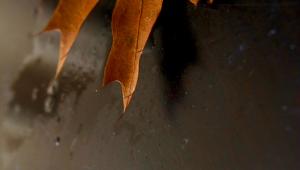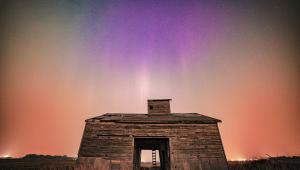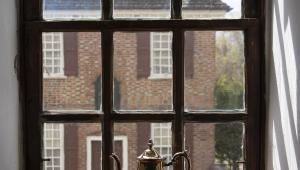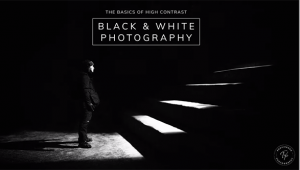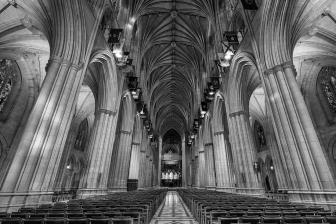The Olympus E-5; Welcome To Four Thirds Heaven
When it was launched in October 2007, the E-3 broke new ground. It wasn’t a me-too SLR; it carried the Four Thirds format into new directions that were uniquely Olympus. In other words, it had lots of features other camera companies promptly copied. The new 12.3-megapixel E-5 builds on the Olympus E-3’s 10-megapixel goodness, making it even better, and it’s at the same $1699 price point as the previous model when it was first introduced.
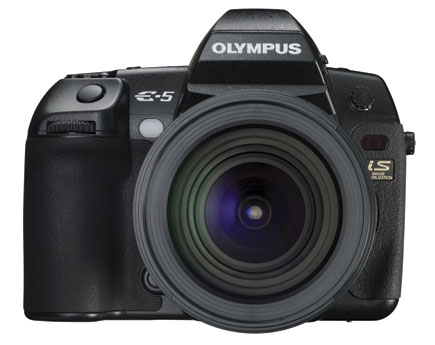 |
|
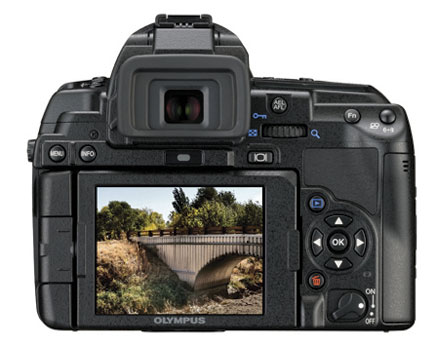 |
|
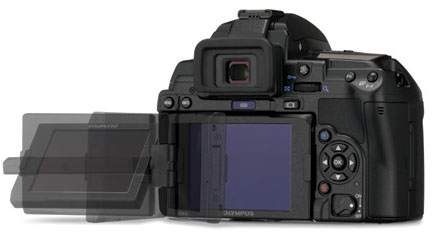 |
|
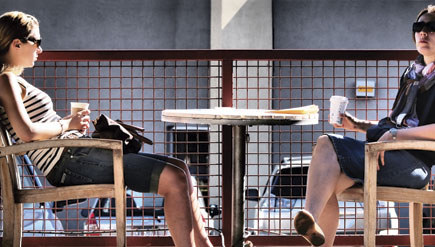 |
|
|
The Ultimate Four Thirds System SLR?
I think so. With the E-5, Olympus unleashes a camera system with 100 percent digital-specific lenses and a kick-butt dust reduction system that’s tied to a full-time Live View system, all wrapped around a splashproof and dustproof magnesium alloy chassis. When you turn on the camera, the dust reduction ultrasonic setup vibrates approximately 30,000 times per second, capturing minute debris on an adhesive membrane. It even removes dust attached by “intermolecular force” that can’t be removed by physical vibration or discharged static electricity. The durable shutter mechanism has a 150,000-exposure lifespan that should meet the demands of serious amateur, aspiring pro, and many professional photographers.
 |
|
|
Other pro features include continuous shooting in 5 frames per second (fps) and a 1⁄8000 sec top shutter speed. The E-5’s 270? swiveling 3” dual-axis LCD covers viewing angles from low to high and side to side, ensuring accurate composition whether you’re making “Hail Mary” shots or working down low for those super macro shots. When you’re not in a Live View frame of mind, the camera’s optical viewfinder provides a 100 percent view.Olympus tells me the E-5 offers the fastest AF speed in the world when used with the Zuiko Digital ED 12-60mm f/2.8-4.0mm SWD (24-120mm equivalent with Oly’s 2x factor) so I stuck that very lens on the camera and was immediately impressed by its speedy focus, even when shooting under low light or late at night. The E-5 has a twin cross-type biaxial 11-point AF sensor that achieves optimum performance on both the vertical and horizontal axes. The E-5’s 11 AF target points can be selected to work individually or dynamically in combination with adjacent target points.
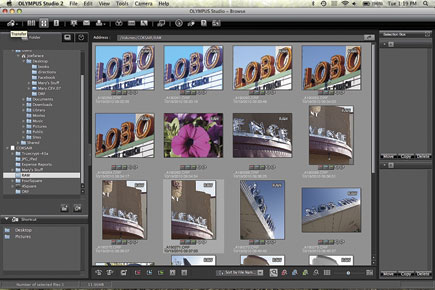 |
|
|
Not surprisingly, the E-5 camera offers HD video capabilities. The camera captures action in 720p HD video at 30 fps. You can also record stereo sound quality by plugging any microphone that has a standard 3.5mm jack into the camera’s stereo microphone terminal. The built-in microphone records clear monaural audio sound, including the grasshopper crawling on your lens. For best results, use a separate microphone and not just for the stereo.
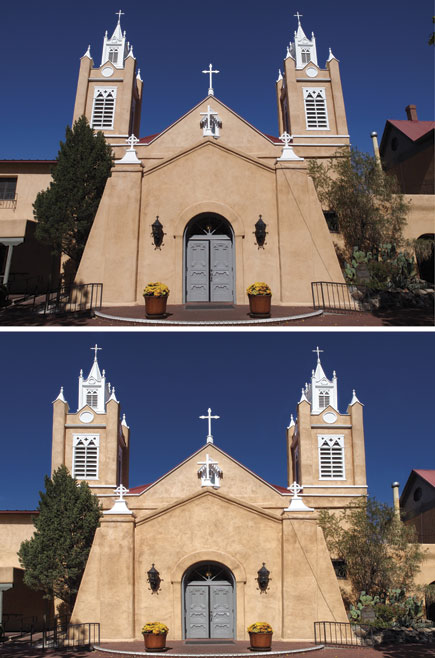 |
|
|
There are 10 in-camera Art Filters, including Dramatic Tone which adds a pseudo HDR effect (hold the hate mail, please) that can enhance certain images, and you can use these filters in all shooting modes—Program, Shutter Priority, Aperture Priority, and Manual—plus that oh-so-important video capture. The new Dramatic Tone filter joins the Pop Art, Soft Focus, Pale & Light Color, Light Tone, Grainy Film, Pin Hole, Diorama, Cross Process, and Gentle Sepia filters previously available on the E-30, E-620, and PEN series cameras. I know that some of you hate adding any kind of special effects at time of capture. Since the E-5 offers four different Raw+JPEG capture options, choose one of them and you’ll end up with two files: an untouched color Raw and a JPEG with the Art Filter applied. What do you have to lose other than your preconceptions? Give it a try.
 |
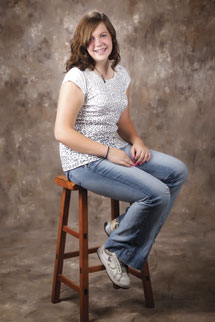 |
|
 |
||
|
||
The E-5 offers a Multiple Exposure capability that lets you combine four shots in either portrait or landscape orientation or a combination of both. You can shoot one image, then another and combine them in real time or capture two to four shots separately and mingle them in the camera later. Unlike the Art Filters, I don’t have much use for this feature, but I’ll bet there’s someone reading this thinking that “Now I can…” The E-5 is equipped with an internal digital level sensor that detects the camera’s pitch and roll with indicators in the optical viewfinder, on the control panel, and during Live View operation that should be useful for architectural photographers. Another useful feature is the four grids that can be superimposed on the Live View screen, but getting to them requires some menu diving into the Russian Doll layers Olympus started using with the E-3. Hint: they’re on the LV Info menu, under Info Settings, under the “D” options in the Gear menu.
 |
|
|
- Log in or register to post comments

















